

Uh oh...
It appears that you're using a severely outdated version of Safari on Windows. Many features won't work correctly, and functionality can't be guaranteed. Please try viewing this website in Edge, Mozilla, Chrome, or another modern browser. Sorry for any inconvenience this may have caused!
Read More about this safari issue.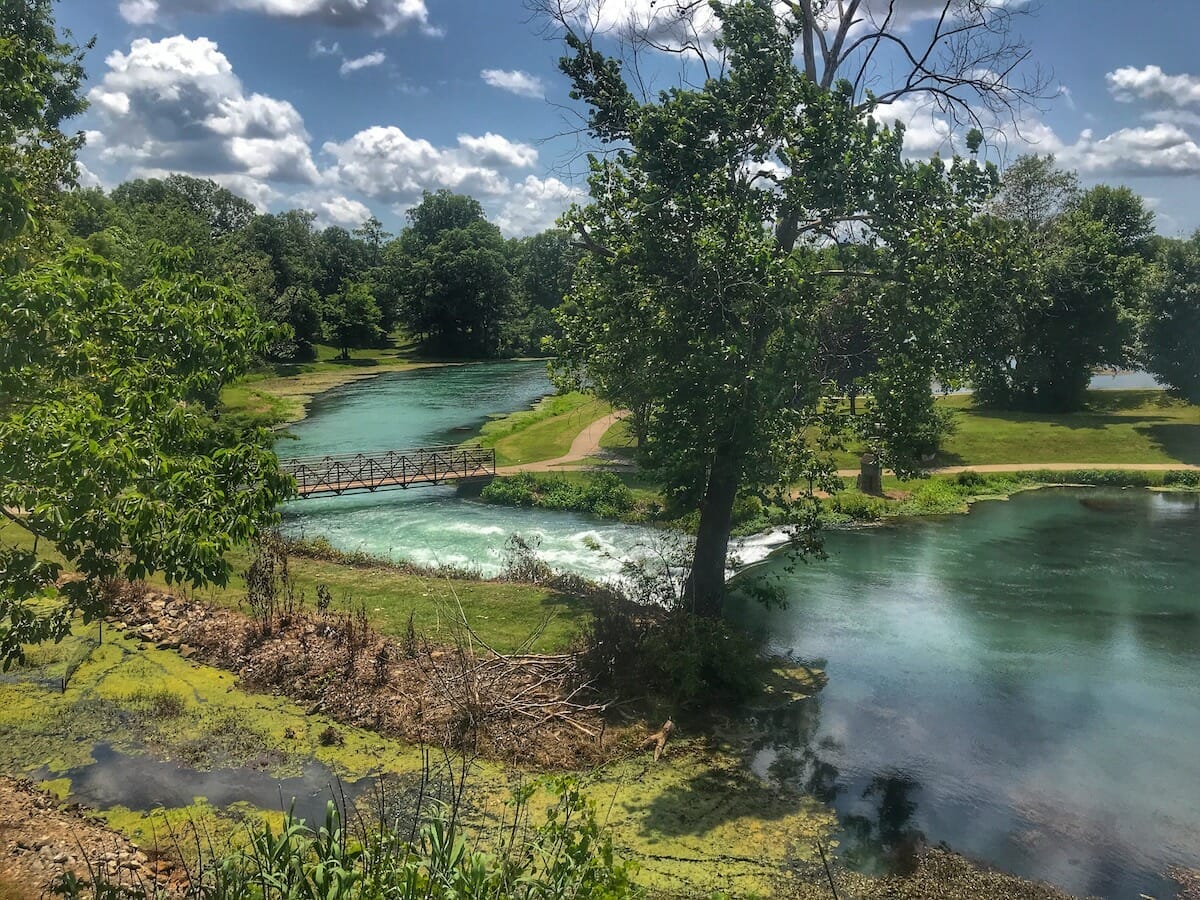

My family is on a quest to visit all 52 state parks. We’ve made it to 24 so far, and as we work on filling our Arkansas State Parks passports, we’ve enjoyed seeing new parts of the state and learning about the local history of towns near many of the parks. A few parks, like Mammoth Spring, have stood out as favorites and have warranted repeat visits.
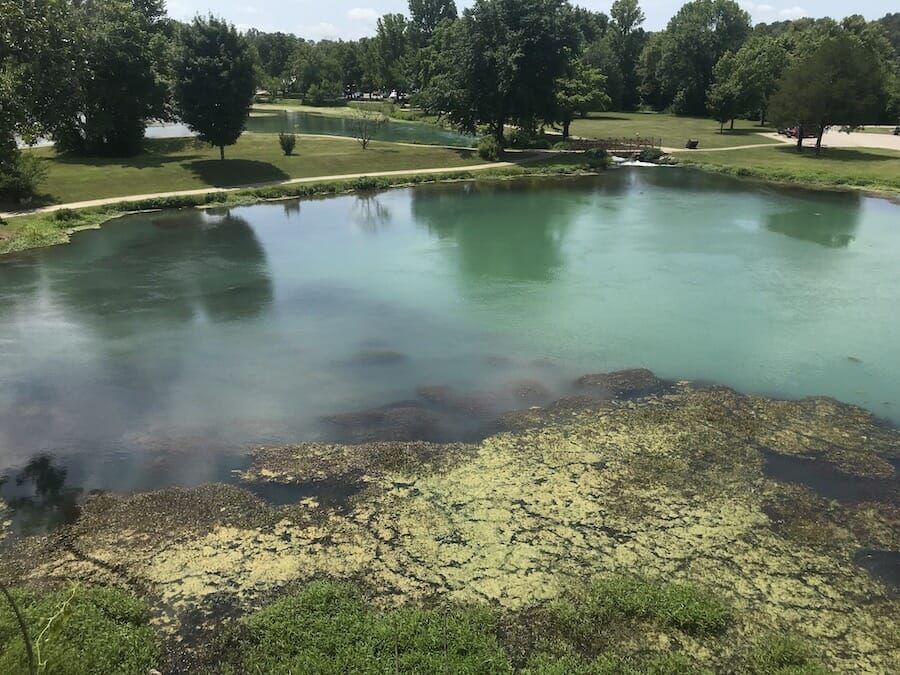
Mammoth Spring, Arkansas, is a quaint town in the Ozark Mountains known for its natural beauty, rich history and access to the Spring River. From the magnificent Mammoth Spring, one of the largest springs in the United States, the Spring River bubbles out of the ground. The spring, the river, the State Park and the history of the charming community offer visitors a captivating journey through time and a chance to experience a unique geological formation that has been revered for hundreds, if not thousands, of years.
Join us as we explore the history of Mammoth Spring, from its ancient geological formation to its role in shaping the region’s development.
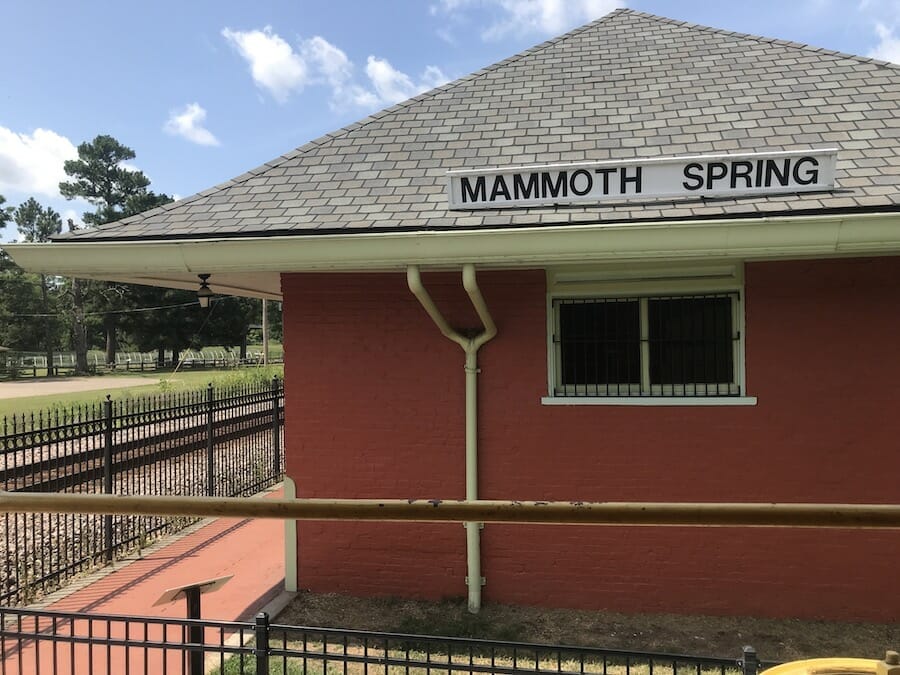
Native American Tribes at Mammoth Spring
Long before the arrival of European settlers, Native American tribes like the Osage, Cherokee and Shawnee revered Mammoth Spring for its sacred waters and abundant wildlife. These tribes recognized the spring’s significance and utilized its therapeutic properties, even attributing it to healing powers.
Several legends exist regarding the formation of the spring, including an Osage tale about a season of drought and the death of the Chief’s son. Whether or not drought was a factor in the death is unclear, but it’s said the Chief became angry and ordered the execution of the tribe’s warriors. When the mass grave was dug, water bubbled out of the ground, forming the spring.
We understand now that the water source for the spring is regional rainwater that filters through the soil and collects underground, flowing through a system of underground cavities and coming to a head at Mammoth Spring nearly 80 feet below the surface of the collection pool. The water carries minerals such as calcium and magnesium, which contributed to the healing properties of the water and can give the water a bubbly appearance.
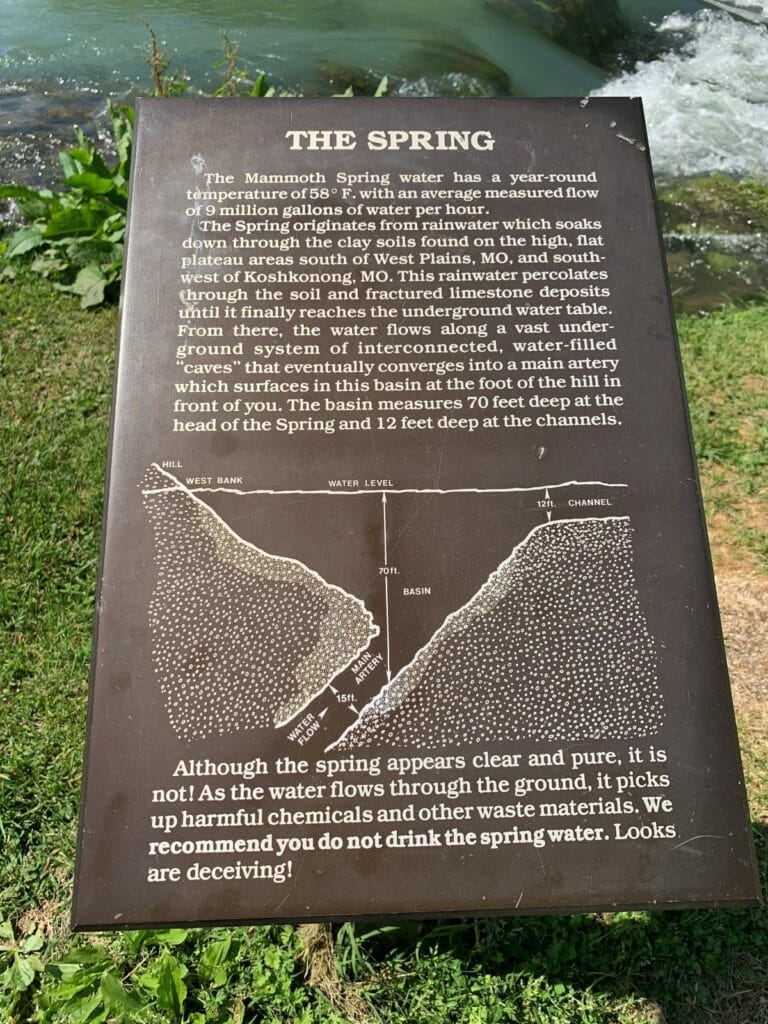
The Settlers
In the 1800s, European settlers were drawn to the area thanks to the Ozarks’ lush landscapes and abundant natural resources. In 1830, the United States government established a reservation around Mammoth Spring for the Eastern Shawnee tribe. However, it wasn’t until 1856 that the town of Mammoth Spring was officially founded.
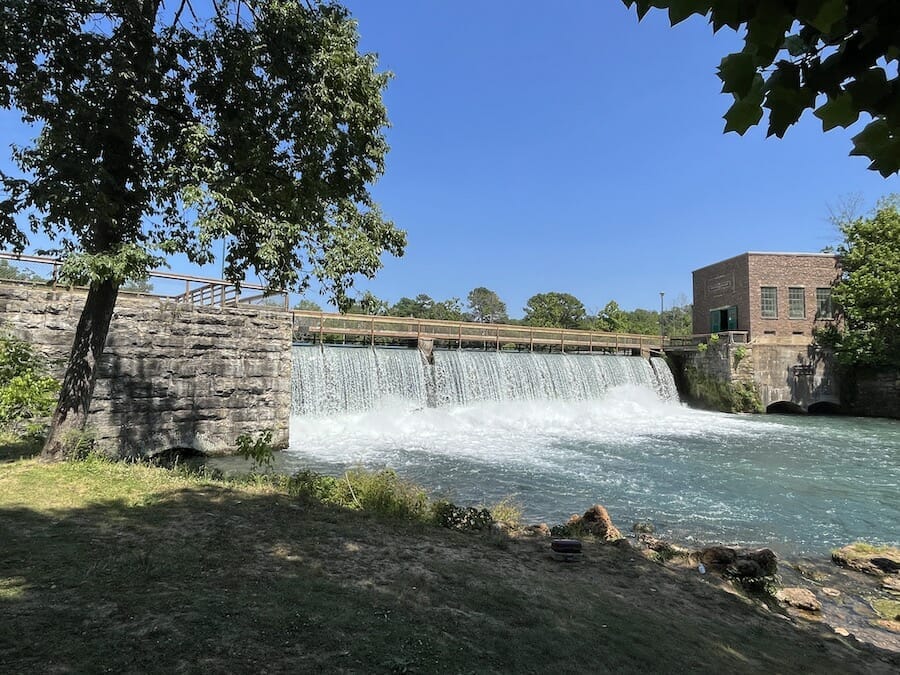
Over the next hundred years, several milling companies took advantage of the mighty waters. And also the dam, which is still there today, and was constructed by the Mammoth Spring Milling Company in 1888. The hand-carved stone masonry gravity dam concentrates the flow to generate 9 million gallons per hour, matching the same power of the spring, which is inaccessible 80 feet below the surface. The spring-powered equipment was used by the mills to grind wheat which was then shipped via the railroad that was built adjacent to the spring.

Mammoth Spring and the Civil War
Mammoth Spring played a pivotal role during the Civil War, as it was a strategic location due to its proximity to important transportation routes. Both Union and Confederate forces recognized the town’s significance and battled for control over the region. In 1862, Union troops successfully secured Mammoth Spring and utilized it as a supply depot throughout the war.
Since 1890 the area has hosted the Old Soldiers’ Reunion, an event designed to “build bridges and mend fences” between veterans on both sides of the Civil War and was even called the Reunion of the Blue and Gray for many years.
The 3,500-pound cannon, which now rests in Cannon Park, was sent by train in 1893 by the Department of War. Until it became damaged and no longer useable, the cannon was fired at the start and end of each day of the annual festival. The festival still takes place each August and is now attended by descendants of the original soldiers.

Recognizing the unique beauty and historical importance of Mammoth Spring, the Arkansas State Park system established Mammoth Spring State Park in 1957. The park encompasses 62 acres and offers visitors a chance to witness the awe-inspiring spring firsthand. A fascinating feature of the park is the hydroelectric power plant built by the Works Progress Administration in the 1930s.
Today, visitors can explore the Mammoth Spring State Park, which features a visitor center, picnic areas and hiking trails that wind through breathtaking natural landscapes. The defunct hydroelectric station included several displays, including a vault built in the 1800s to store documents for the Mammoth Spring Milling Company. The Frisco Depot, a former railway station, has been converted into a museum showcasing the region’s railroad history and an old Frisco caboose.
Mammoth Spring may be “out of the way,” but its beauty alone is worth the drive. Its rich history, visible throughout the park and into town, is just the icing on the cake. Check out these articles for more information on Mammoth Spring and the surrounding communities.
A Cave City Road Trip
Historic Trains of Arkansas: Depots
Treasure Hunt in Downtown Hardy
Historic Arkansas Adventures
Join the Conversation
Leave a Comment
One response to “Mammoth Spring: Where Nature Meets History”
 Leave a Reply
Leave a Reply
We do the work.
You check your email.
Sign up for our weekly e-news.
Get stories sent straight to your inbox!
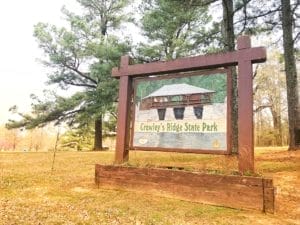











 Leave a Reply
Leave a Reply
[…] state park at Mammoth Spring is like something you’d see in Yellowstone or Glacier National Park. The spring, which bubbles […]